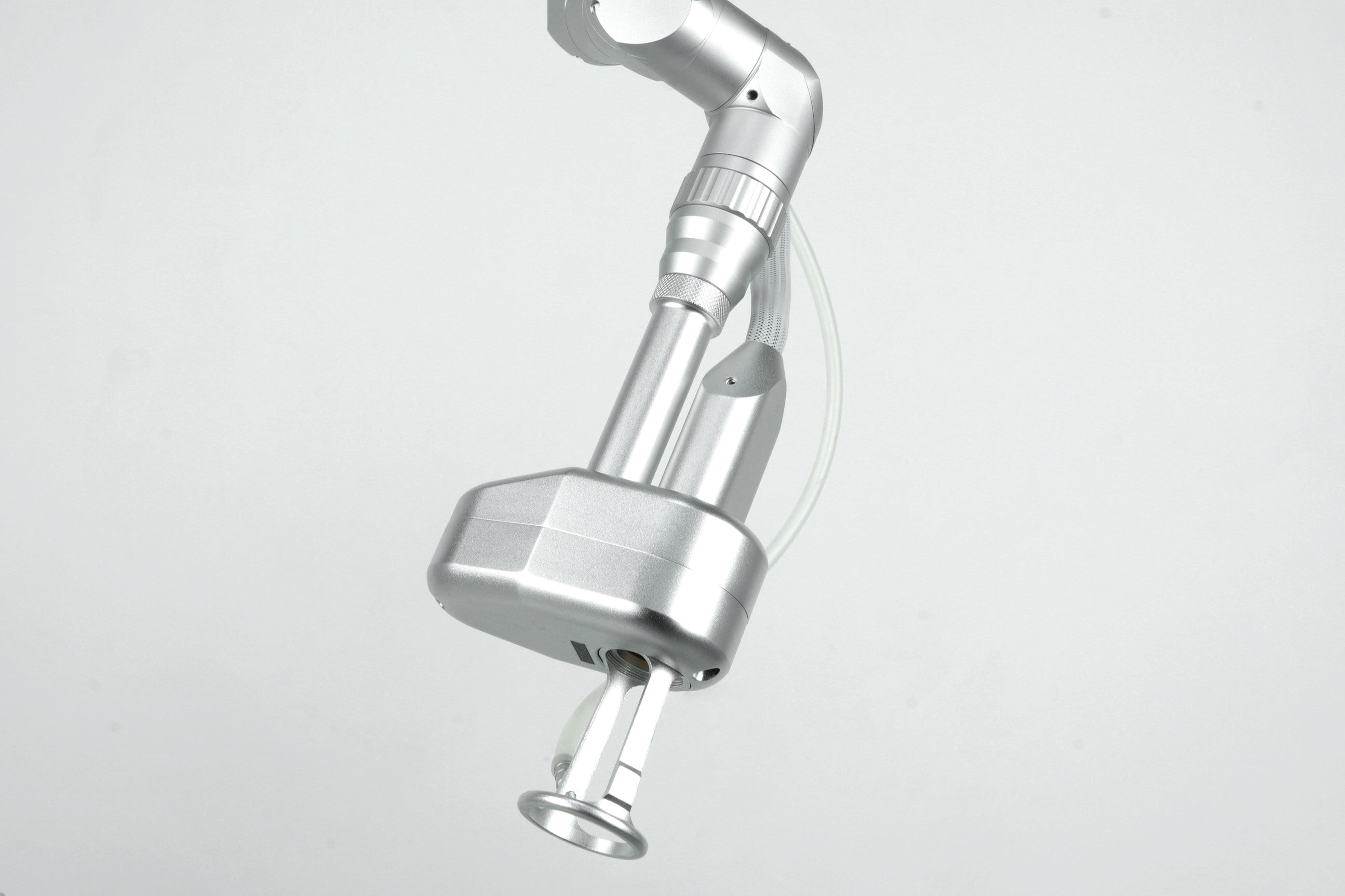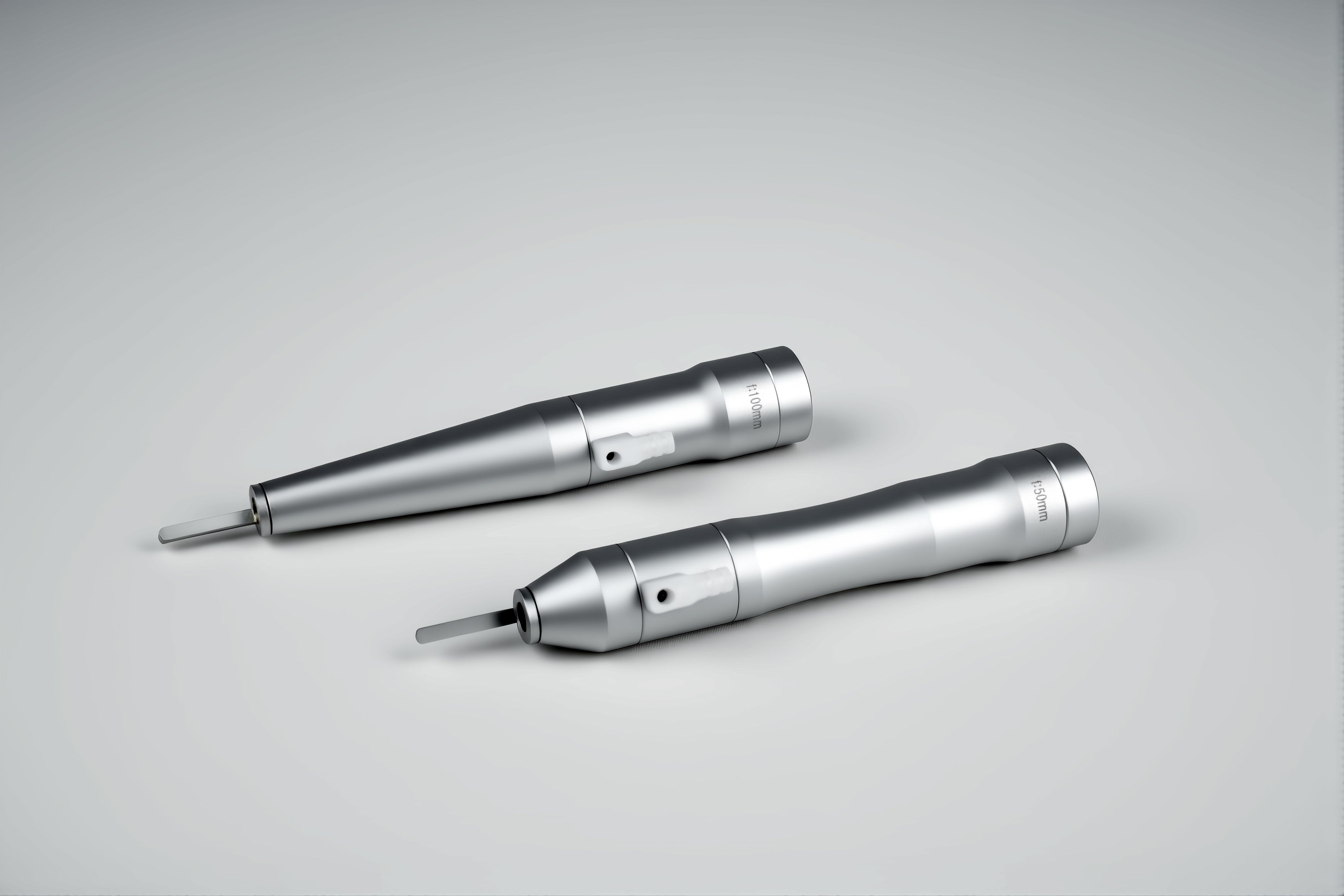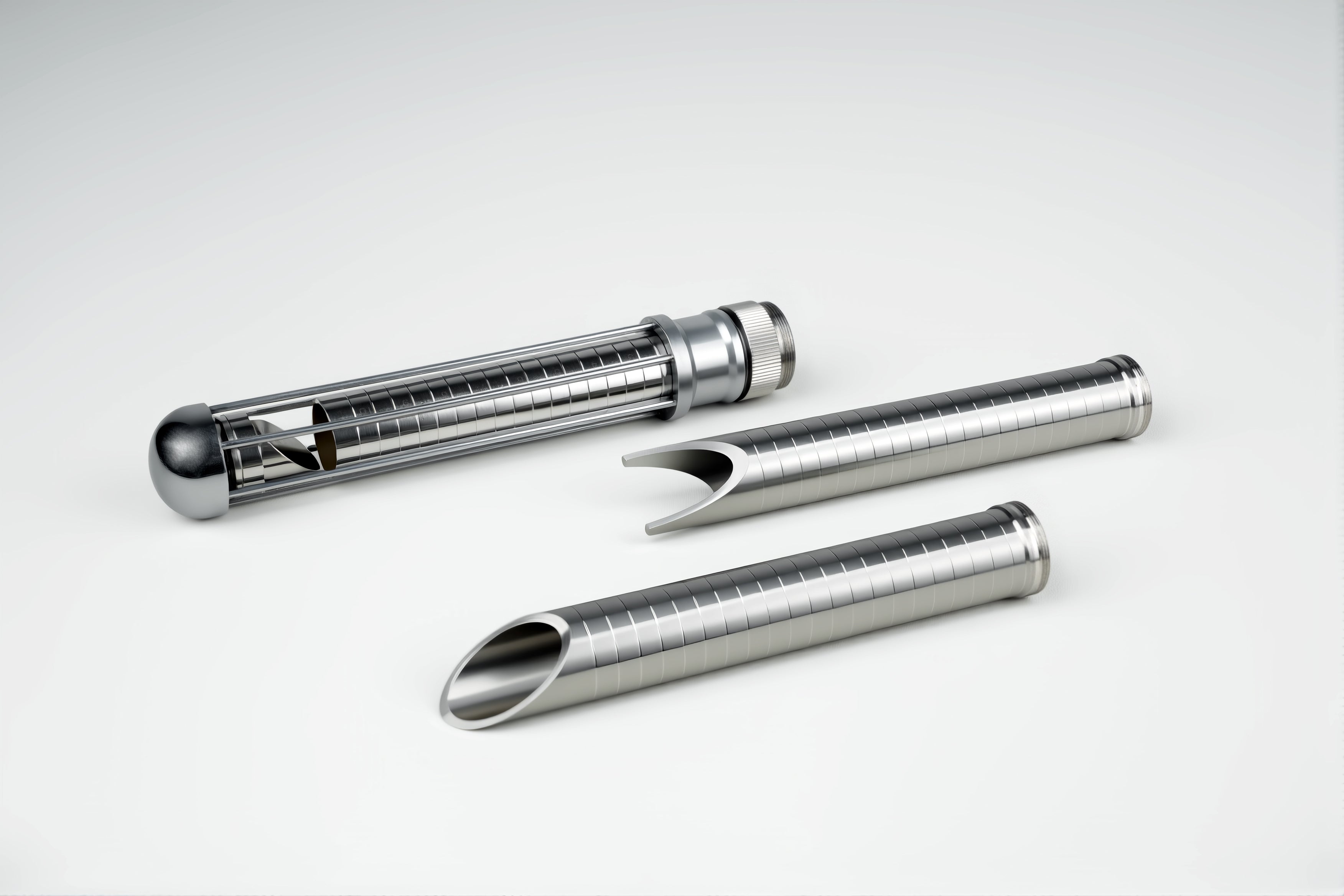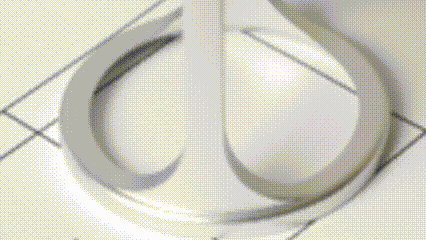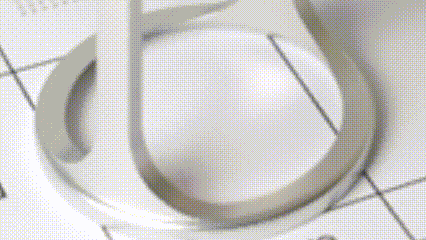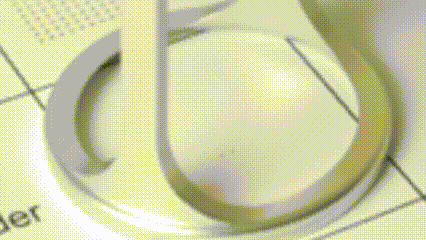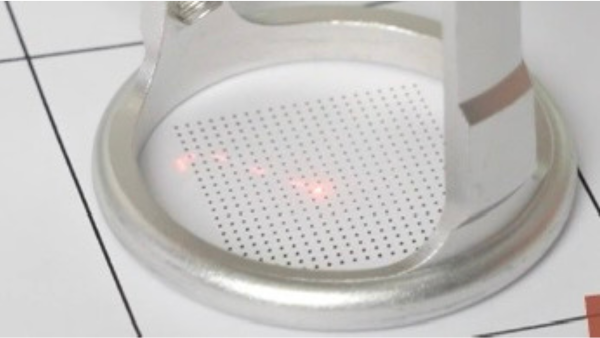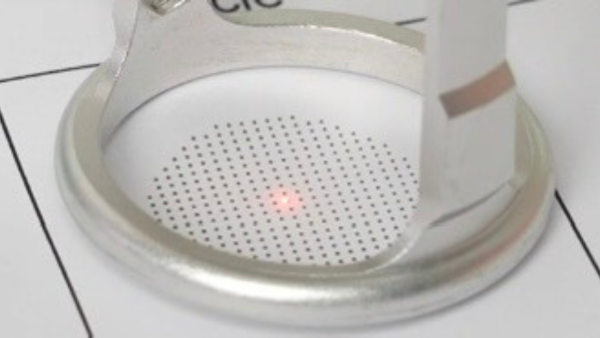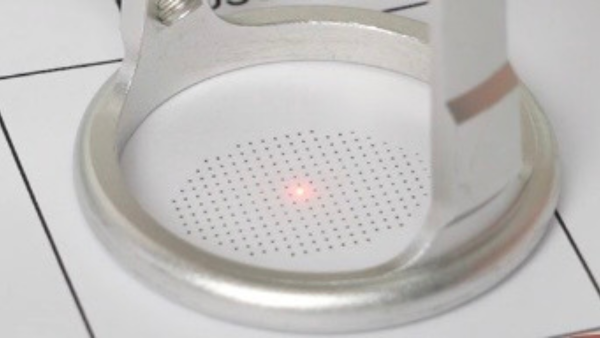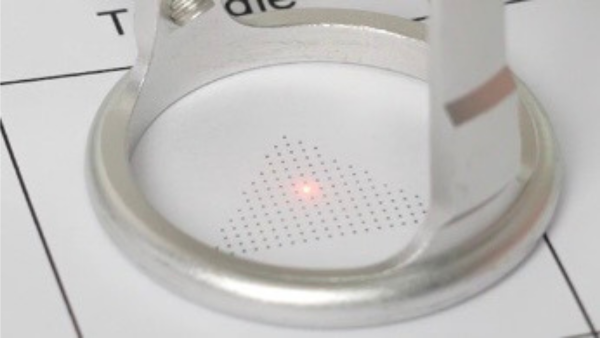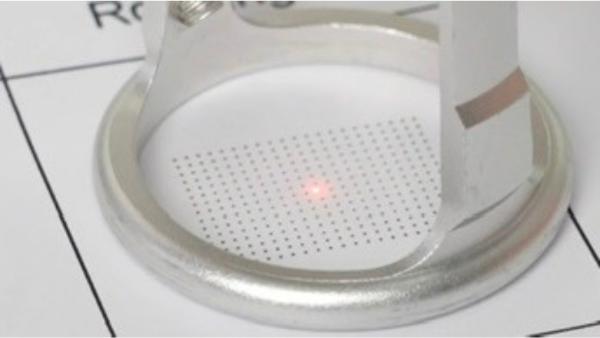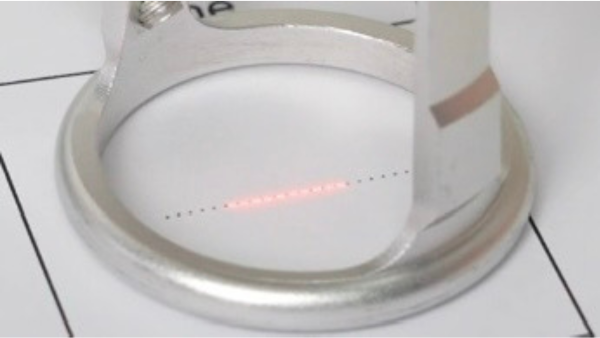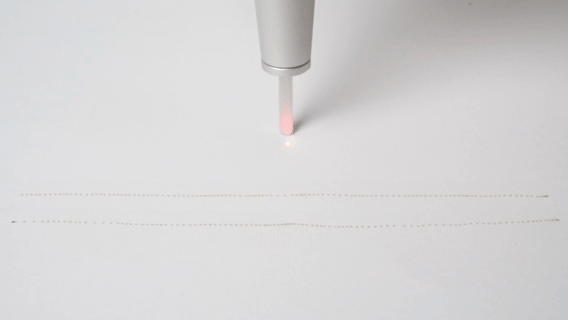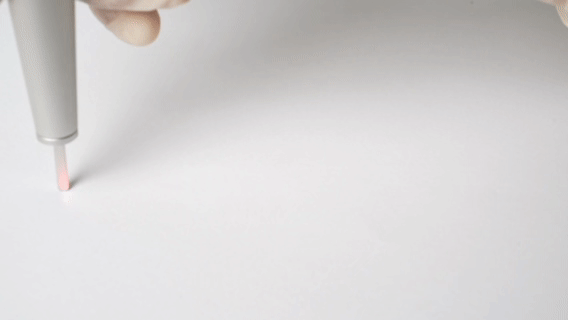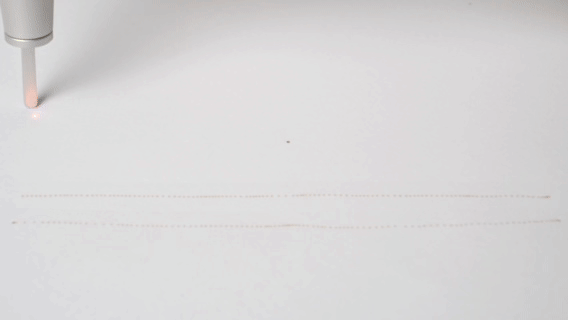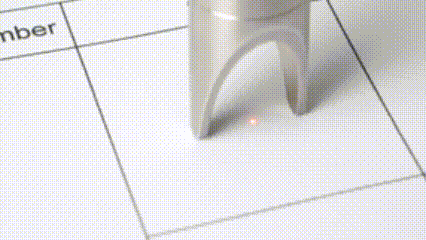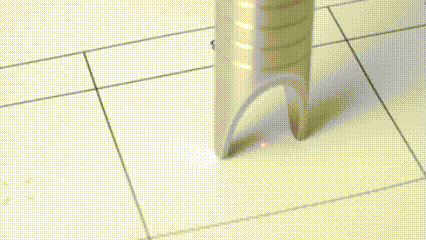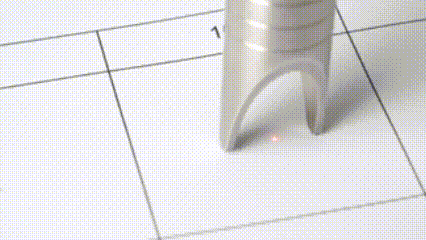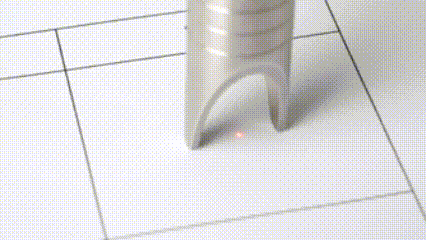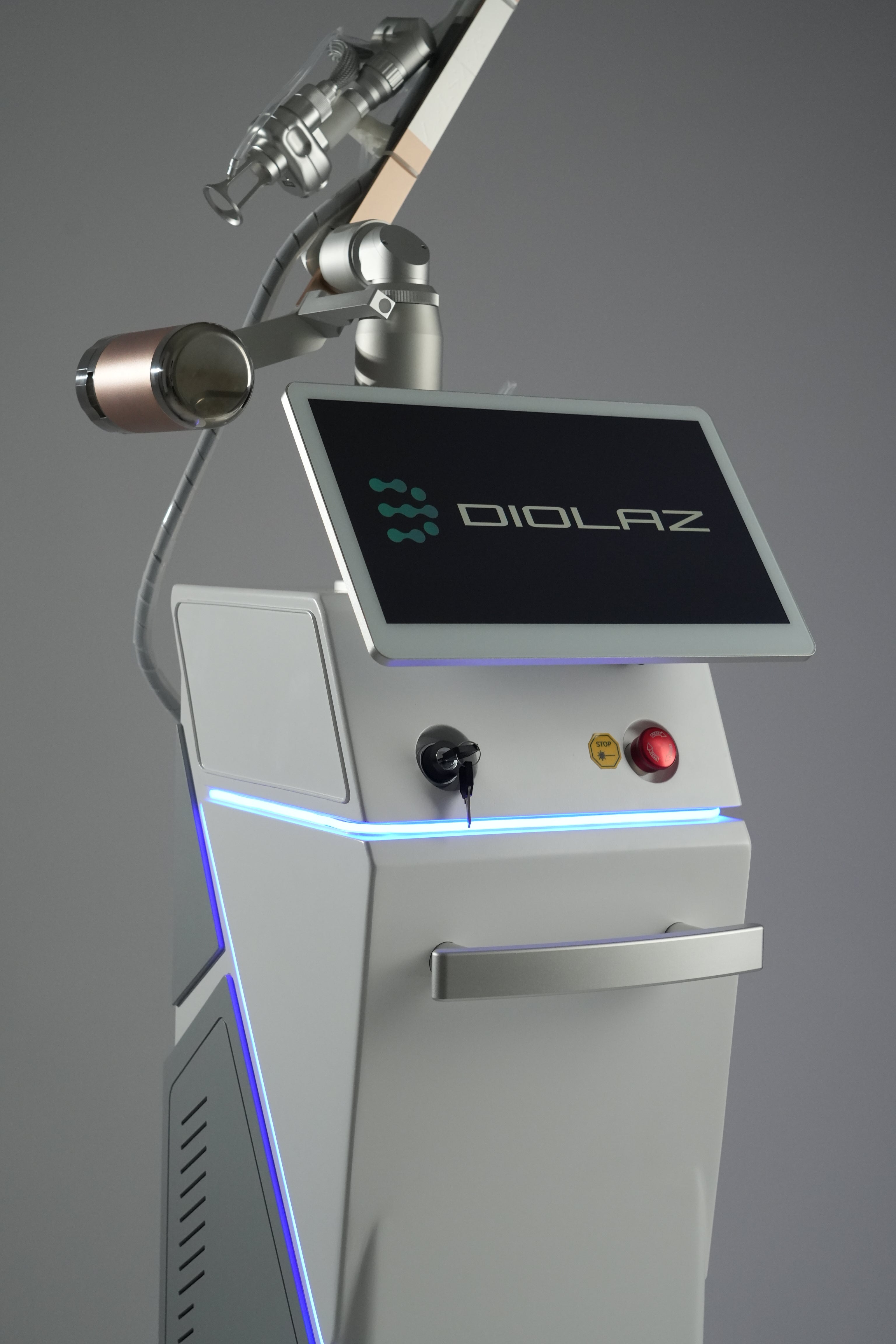
DioLaz Fractional CO2 Laser
DioLaz Fractional CO2 Laser is a high-performance system designed for professional medical aesthetic clinics. This advanced medical aesthetic laser platform offers ablative fractional skin resurfacing and soft-tissue ablation capabilities in one device, making it ideal for medical spas, dermatology clinics, plastic surgery centers, and other professional treatment facilities. As a Health Canada certified Class III device, it meets strict safety and efficacy standards for use in Canada (licensed as a Class III medical laser) – providing clinics and patients with confidence in its regulatory compliance. The CO2 laser technology employed here has been clinically proven to reduce wrinkles and scars, even out skin pigmentation, tighten lax skin, and remove various lesions by vaporizing microscopic columns of skin and stimulating new collagen production. The result is smoother, firmer, and rejuvenated skin with controlled precision.
DioLaz Fractional CO2 laser system is a premium, high-end investment for your practice, focusing on performance, safety, and usability rather than marketing hype.
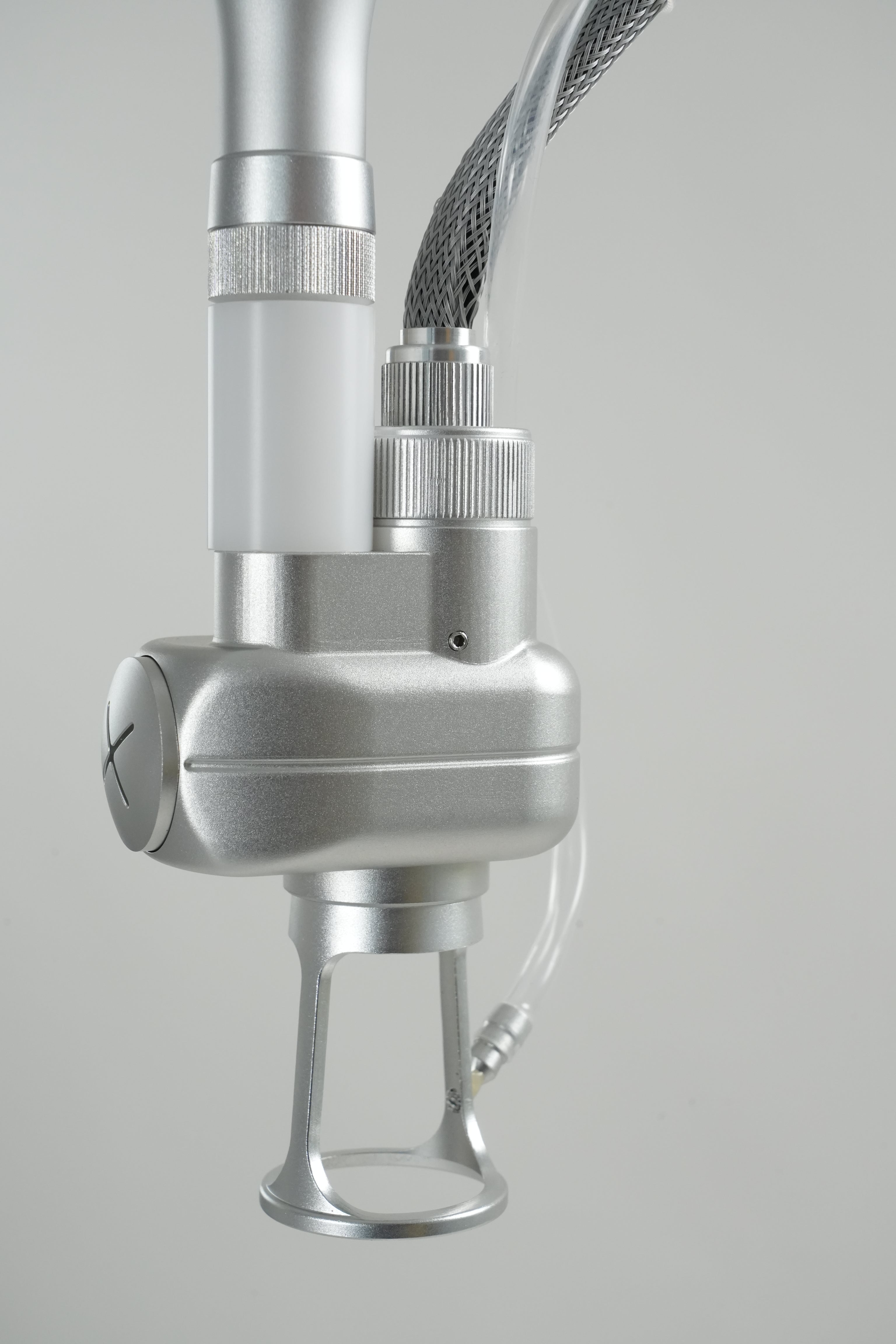
6 Patterns
20 × 20 mm
50–1000 µs
40 watt
Key Features
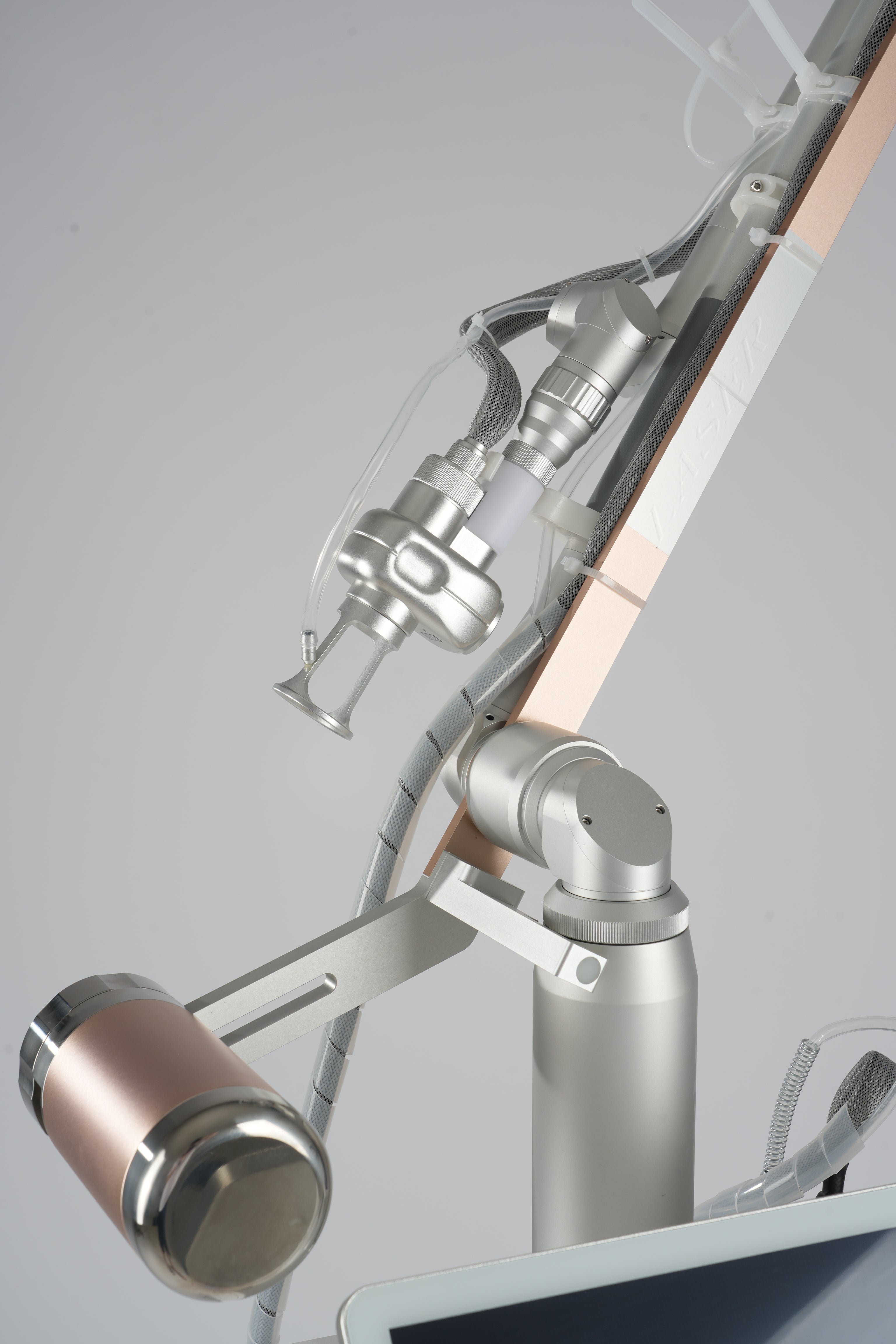
Fractional CO2 Skin Resurfacing
Ablative fractional CO2 laser technology precisely removes damaged skin in microscopic columns, stimulating collagen renewal. This improves skin texture, tone, and elasticity while reducing wrinkles and scars. The fractionated treatment pattern minimizes thermal injury to surrounding tissue, promoting faster healing and reduced downtime.
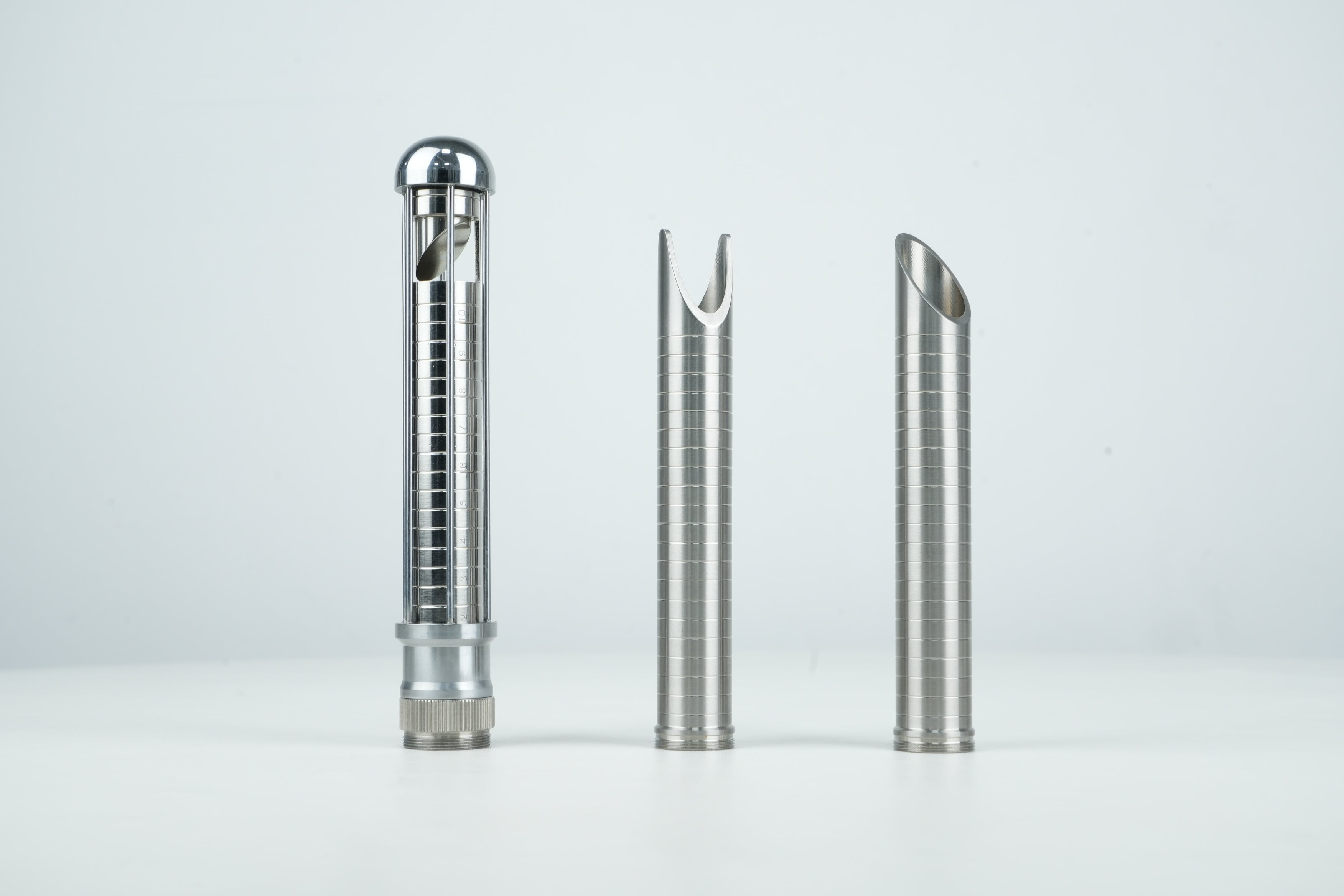
Versatile Clinical Applications
Offers broad clinical utility across dermatology and aesthetic procedures. The system effectively treats fine lines, wrinkles, acne or surgical scars, sun damage, pigmentation irregularities, skin laxity, and stretch marks. It can also be configured for gynecological applications such as minimally invasive vaginal rejuvenation, expanding its range of use.
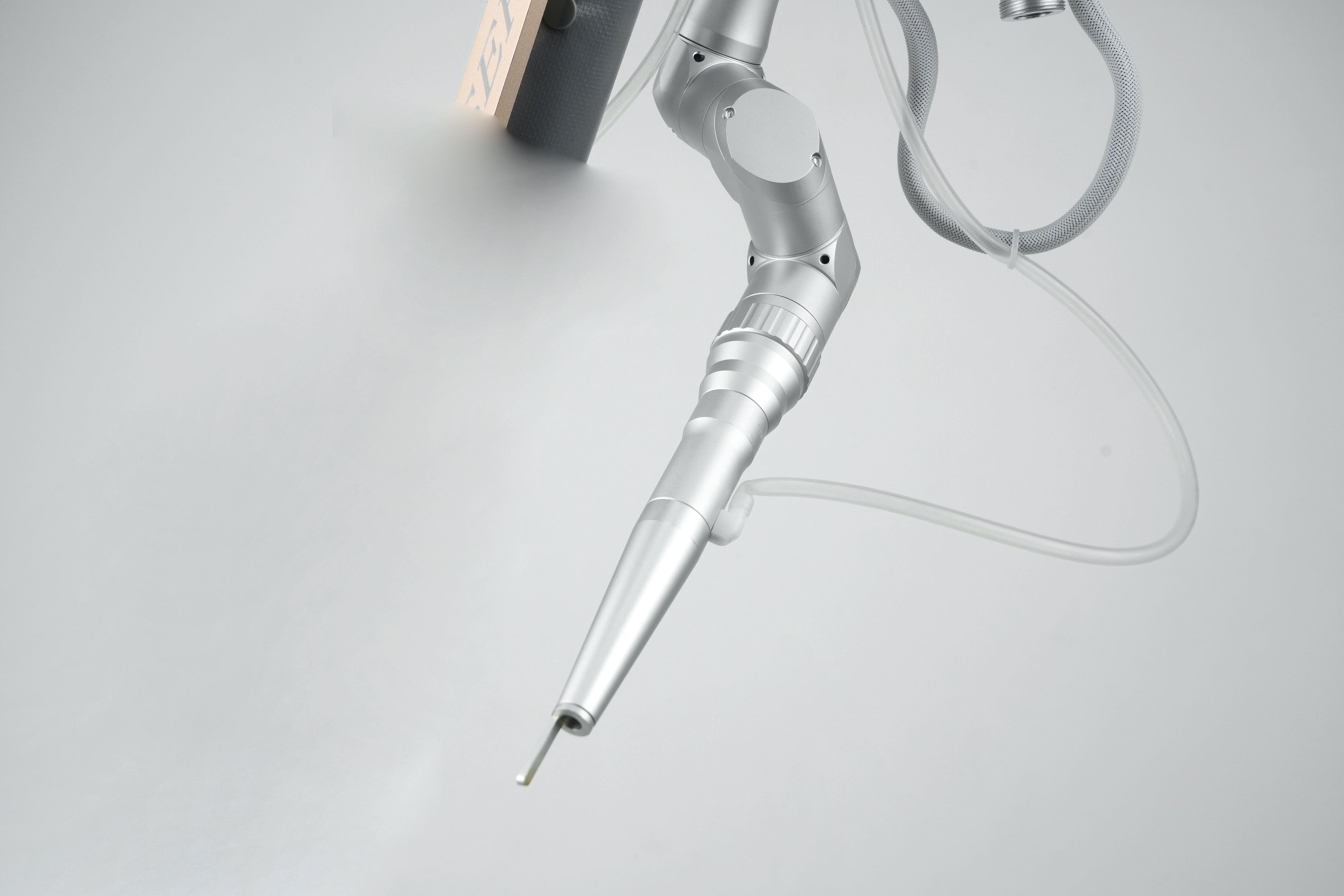
High Power & Consistent Performance
Equipped with a high-power 40 W CO2 laser source, the system delivers robust energy for deeper skin penetration and effective ablation. Advanced engineering and a stable RF-excited laser tube ensure consistent beam output, enabling reliable performance and repeatable results even under continuous clinical use.
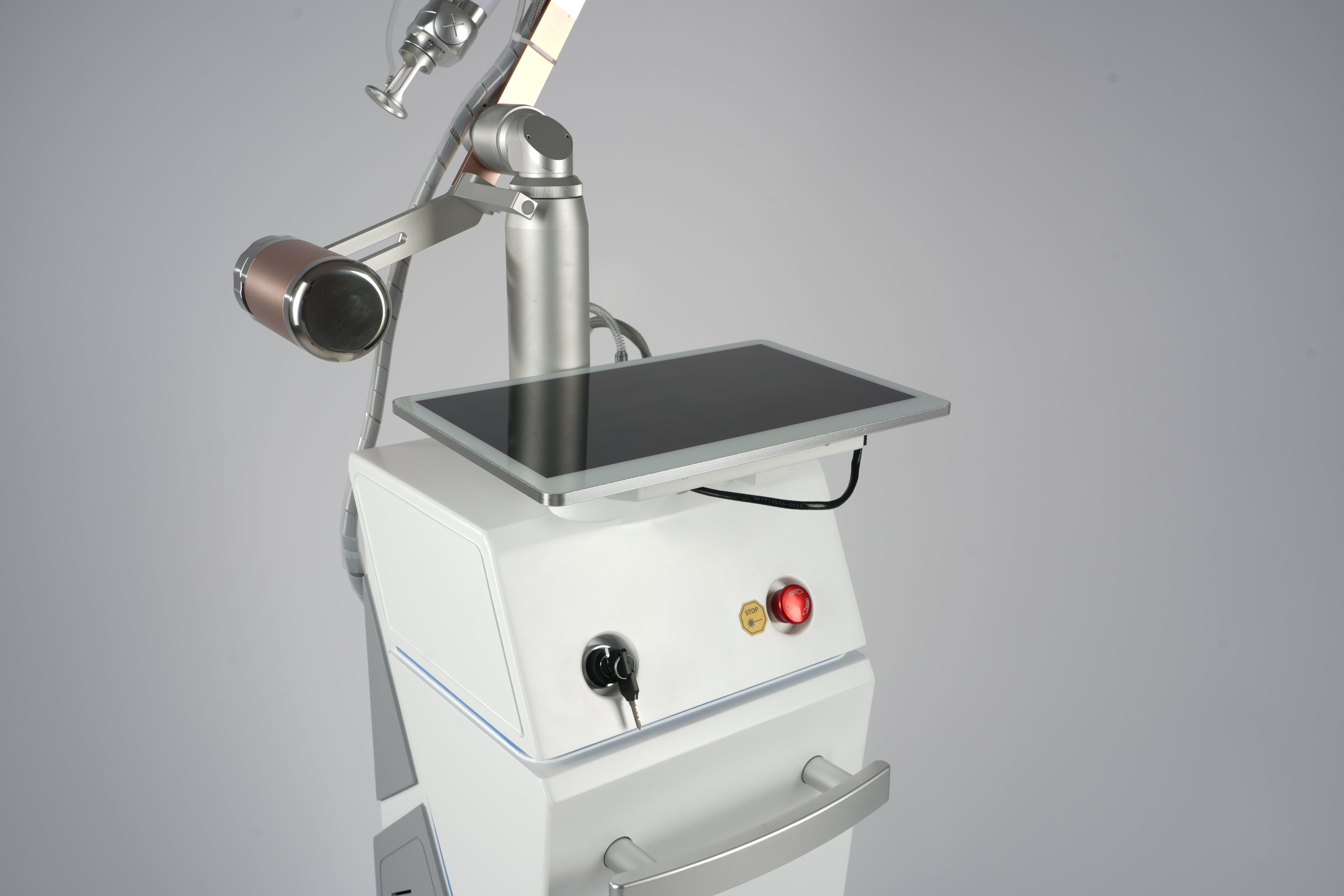
Advanced UI & Ergonomics
Features an intuitive, large touchscreen interface for easy adjustment of treatment parameters and settings. Its ergonomic design includes a flexible articulated arm and well-balanced handpiece, reducing operator fatigue and improving precision. Controls are strategically positioned and accessible, streamlining workflow during procedures and enhancing user comfort.
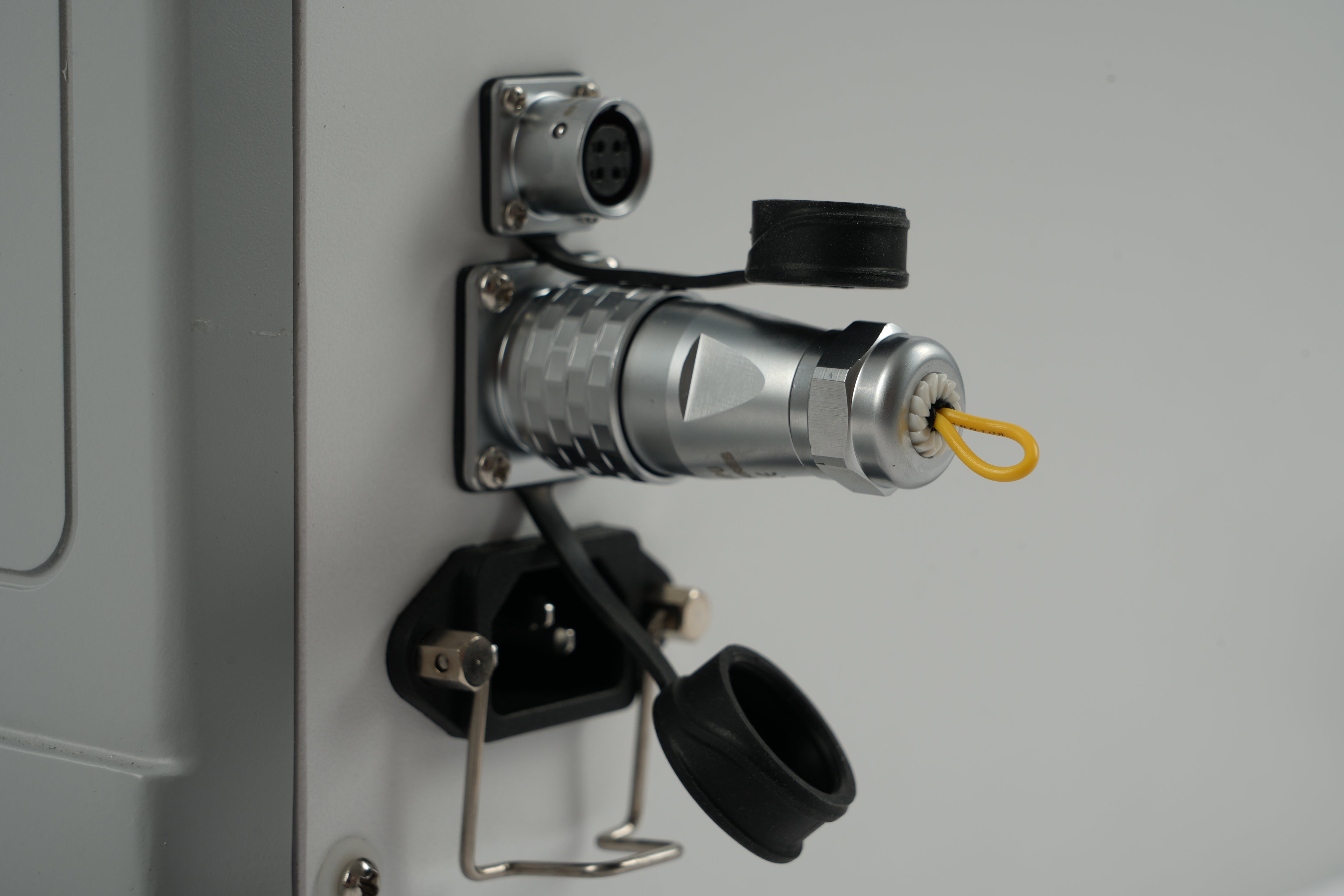
Door Interlock Device
An automatic door interlock instantly disables laser emission if the treatment room door opens, preventing any unintended exposure. It integrates with the door switch to break the footswitch circuit for immediate shutdown. This safety feature ensures the laser operates only under controlled conditions and meets IEC 60601-2-22 and Health Canada standards.
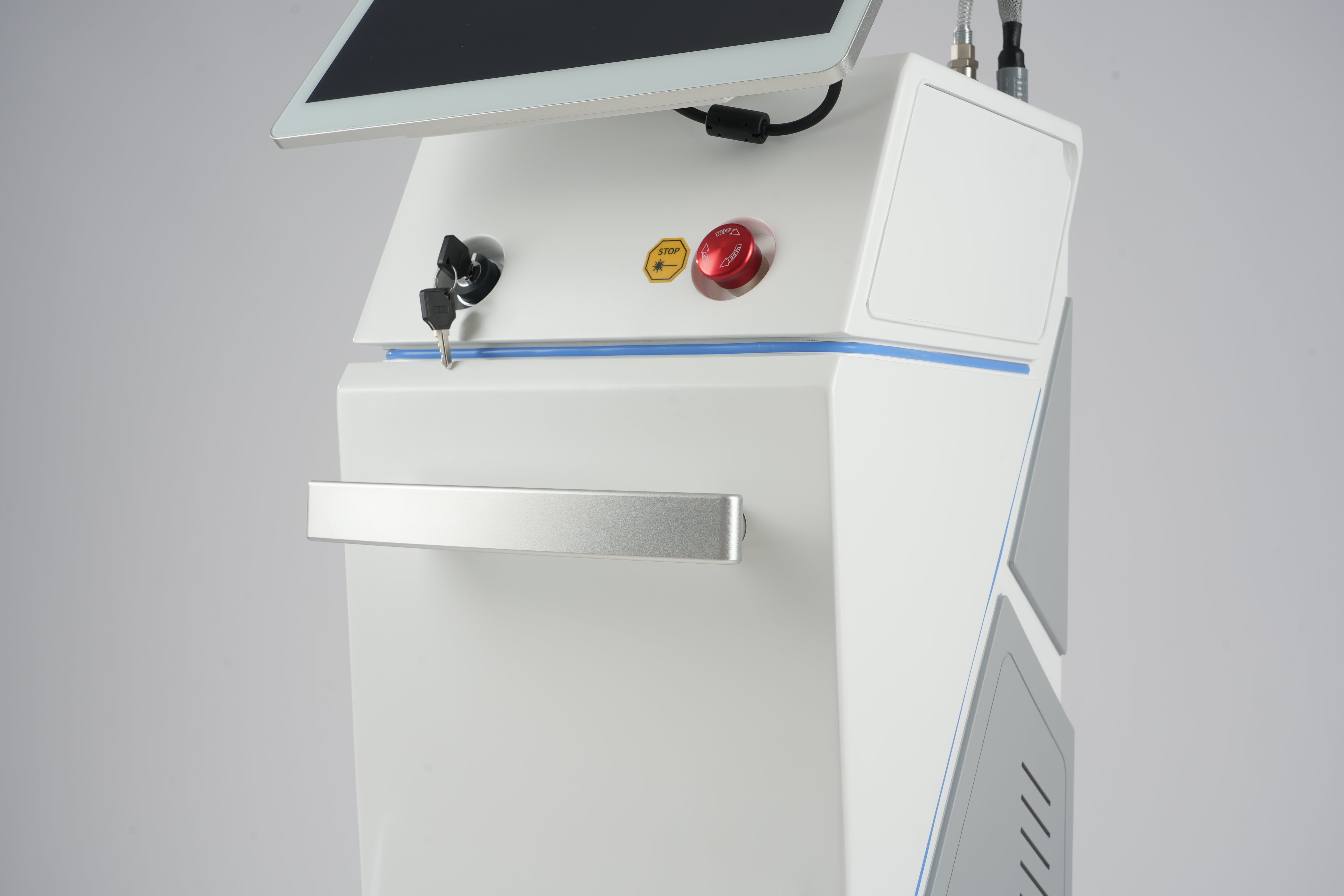
Safety Focus & Regulatory Compliance
Prioritizes patient safety and regulatory adherence. The device includes integrated contact cooling to protect the epidermis during treatment, and an automatic safety alarm system to prevent hazards or equipment faults. It also meets stringent international standards, carrying medical CE certification for quality and safety in clinical use.
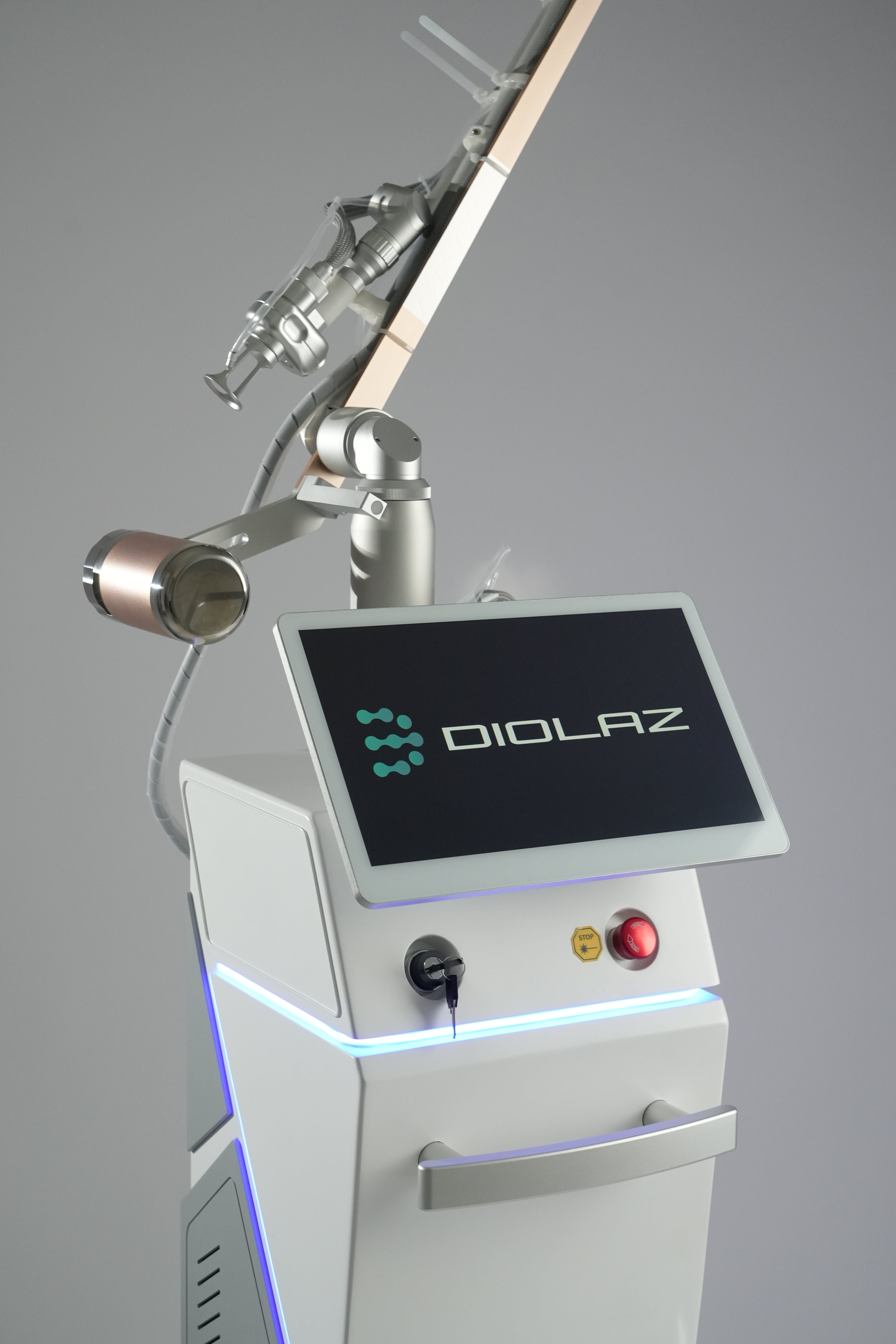
Comprehensive Training & Support
Supplied with comprehensive training and ongoing support. Each system includes detailed user training (available online or on-site) to ensure safe, effective operation. Ongoing technical support and maintenance resources are provided to help integrate the laser smoothly into practice and maintain optimal performance long-term.
Performance Specification
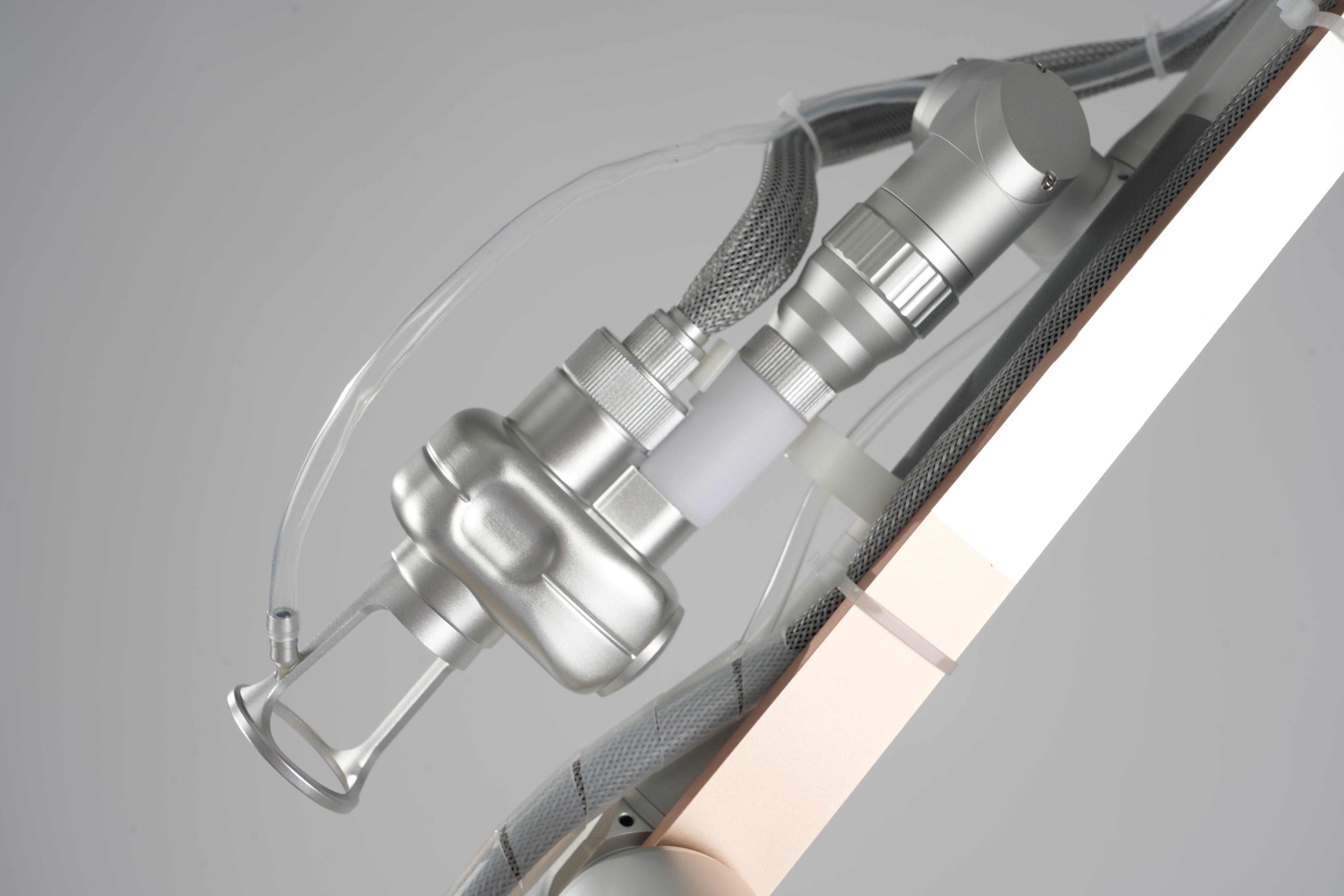
CO2 Laser
Ablative CO2 (carbon dioxide) laser, 10,600 nm wavelength (far-infrared)
6 Patterns
Circle, Triangle, Oval, Square, Rectangle, Line (or linear mode, depending on firmware version)
20 × 20 mm
Adjustable up to 20 × 20 mm area per scan (covers large treatment zones efficiently). Smallest micro-spot size ~0.1 mm. Density and pattern size are user-controlled via software.
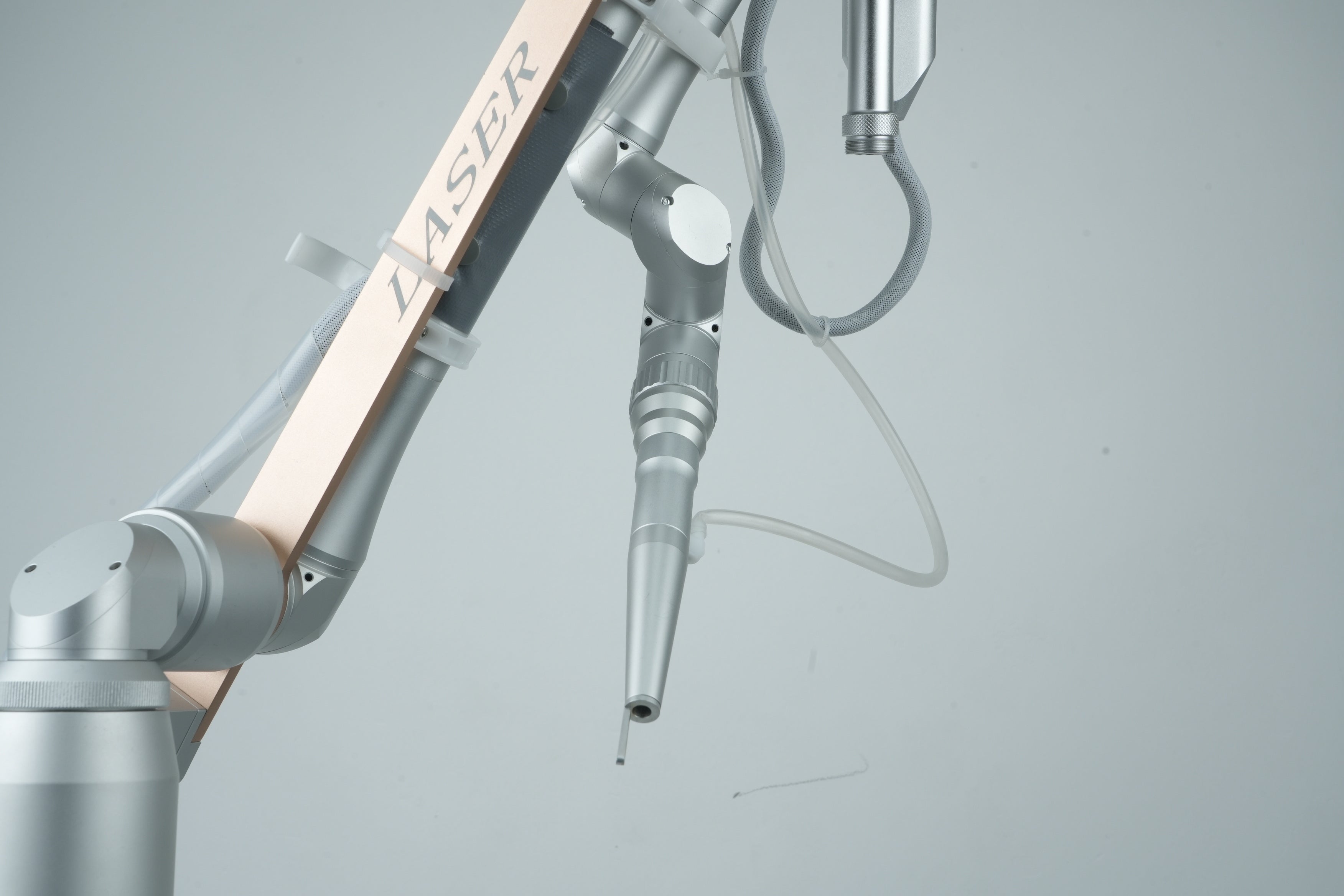
40 W, Up to 60 W Peak
40 W nominal maximum (continuous wave) with higher peak pulse power (up to ~60 W peak)
20 µs – 5000 µs
Fully adjustable range for pulsed modes
Fractional and Cutting Mode
Fractional (scanning) mode – for skin resurfacing (ablative fractional)
Cutting (Surgery) mode – continuous wave or pulsed for cutting, ablation, coagulation
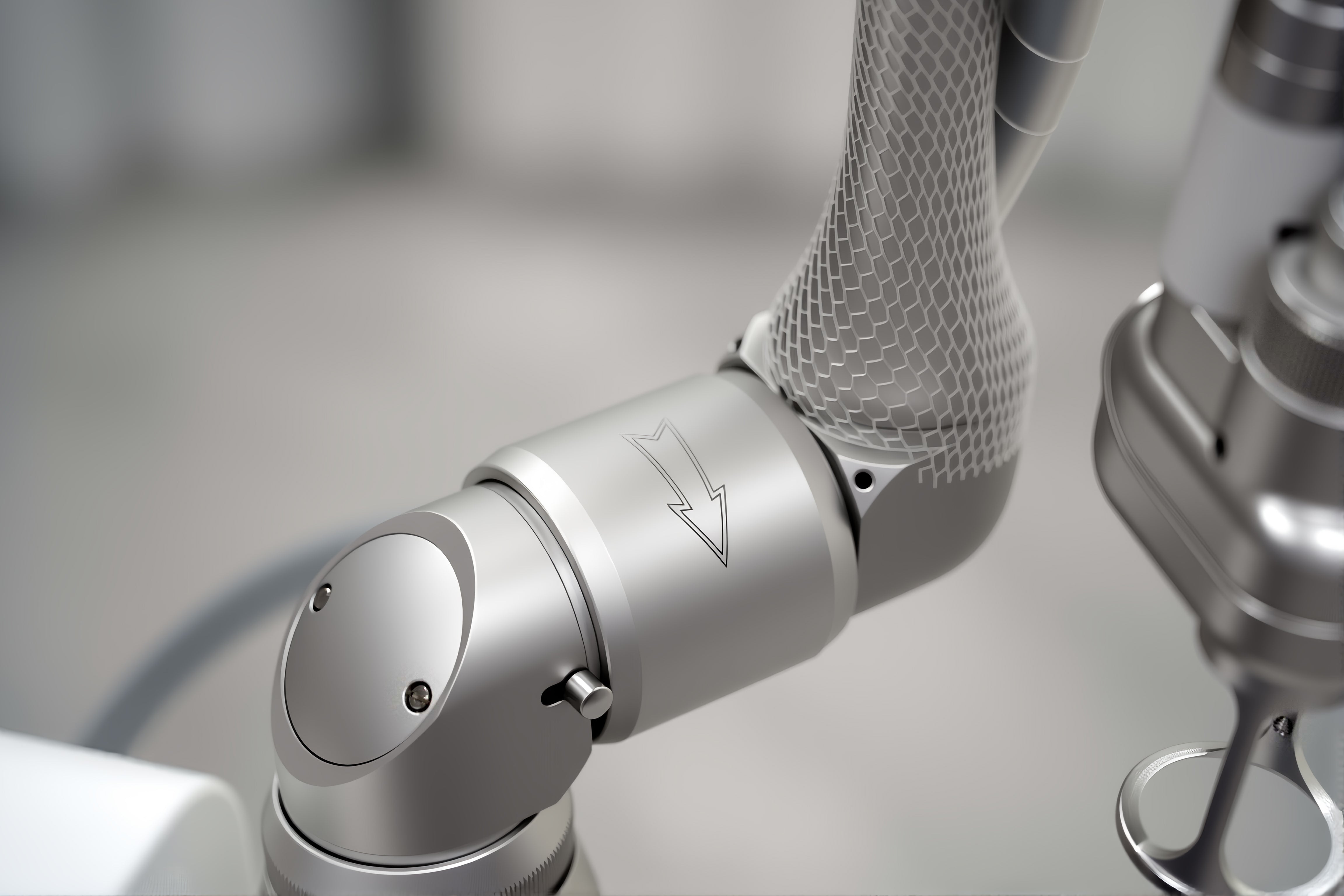
300 mJ
Up to 150 mJ per micro-pulse (fractional mode); adjustable per treatment needs
7-joint Articulated Arm
7-joint articulated arm with mirror optics – provides flexible positioning and precise targeting. Includes interchangeable handpieces: a fractional scanner and a focused surgical tip. Red aiming beam (visible pilot laser) for precise alignment of treatment area.
980 cm × 330 cm × 430 cm
Main unit: Floor-standing console with articulated arm. (Approx. 980 cm × 330 cm × 430 cm physical footprint; shipping weight ~100 kg including arm and accessories.)
Fractional Probe
Scanned fractional handpiece delivering six patterns for resurfacing wrinkles, scars.
Surgery Probe
Focused CO₂ handpiece with 50/100 mm tips for precise excision and ablation.
Intimate Probe
Focused CO₂ handpiece with 50/100 mm tips for precise excision and ablation.
Clinical Applications
Fractional CO2 Laser Machine is a versatile tool with broad clinical applications in aesthetics and minor surgery. Below are some of the key Clinical Applications and treatments that this CO2 Laser for clinics can perform:

Skin Resurfacing & Rejuvenation
Ablative fractional CO2 laser skin resurfacing for improving skin tone and texture. Indicated for treating fine lines, wrinkles (e.g. periorbital and perioral wrinkles), and sun-damaged skin. By precisely vaporizing the epidermis and heating the dermis, the laser triggers collagen remodeling and new skin formation, leading to smoother, tighter skin. This treatment can address uneven pigmentation, age spots, and rough skin texture to rejuvenate the face, neck, chest, and hands.
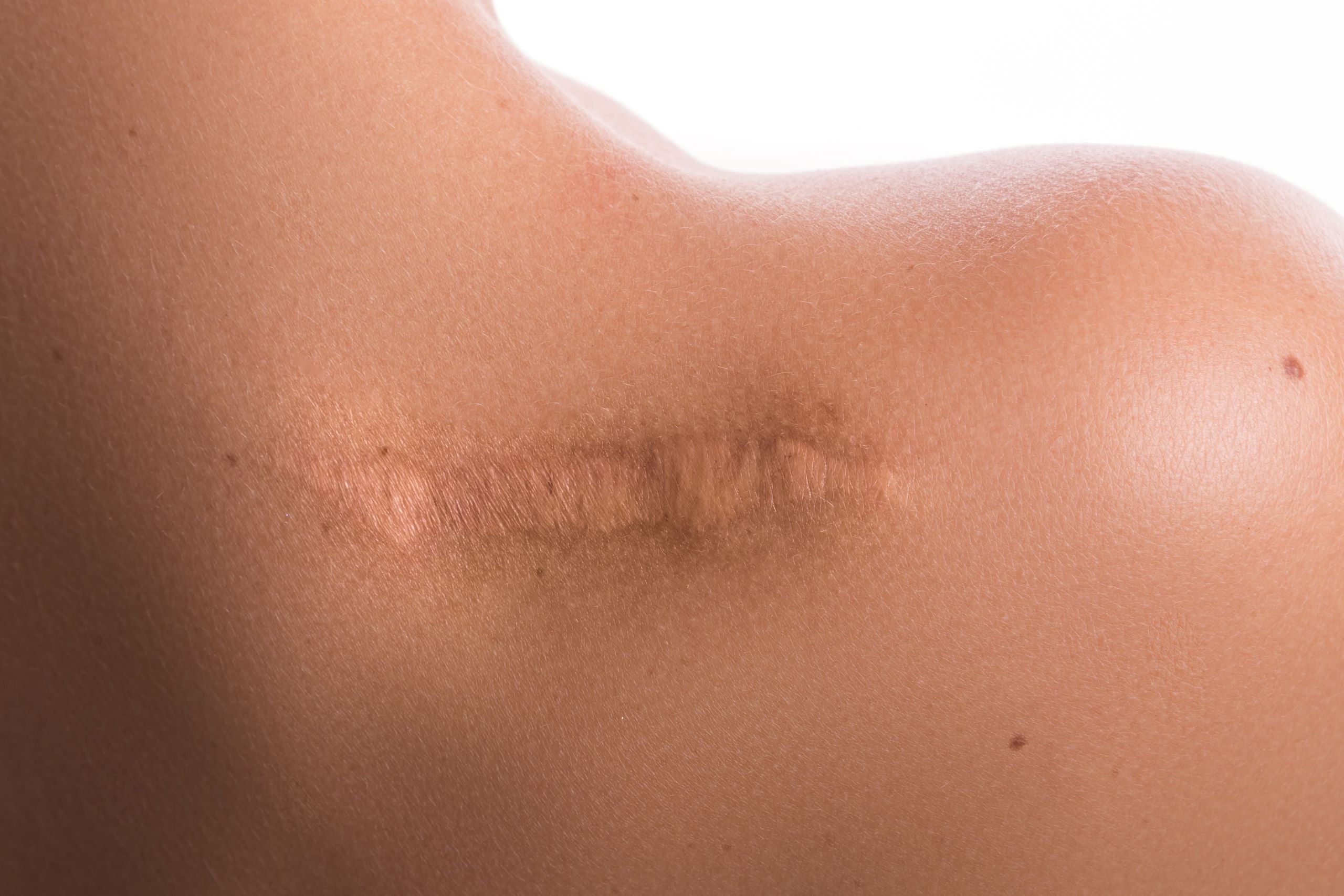
Acne Scar & Surgical Scar Revision
Fractional laser skin rejuvenation is highly effective for improving the appearance of atrophic scars such as acne scars, chickenpox scars, or surgical scars. The fractional microbeams create controlled injury columns in scar tissue, breaking down old collagen and stimulating fresh collagen/elastin production during healing. Clinical studies and practice have shown significant scar texture improvement and reduced scar depth with fractional CO2 treatments. Multiple sessions (e.g. 2–4 treatments) are typically performed for optimal scar remodeling. The Co2 Laser Fractional Machine’s adjustable energy and pulse settings allow the practitioner to tailor treatments for different scar types and skin types, while minimizing risk of hyperpigmentation in appropriate candidates.
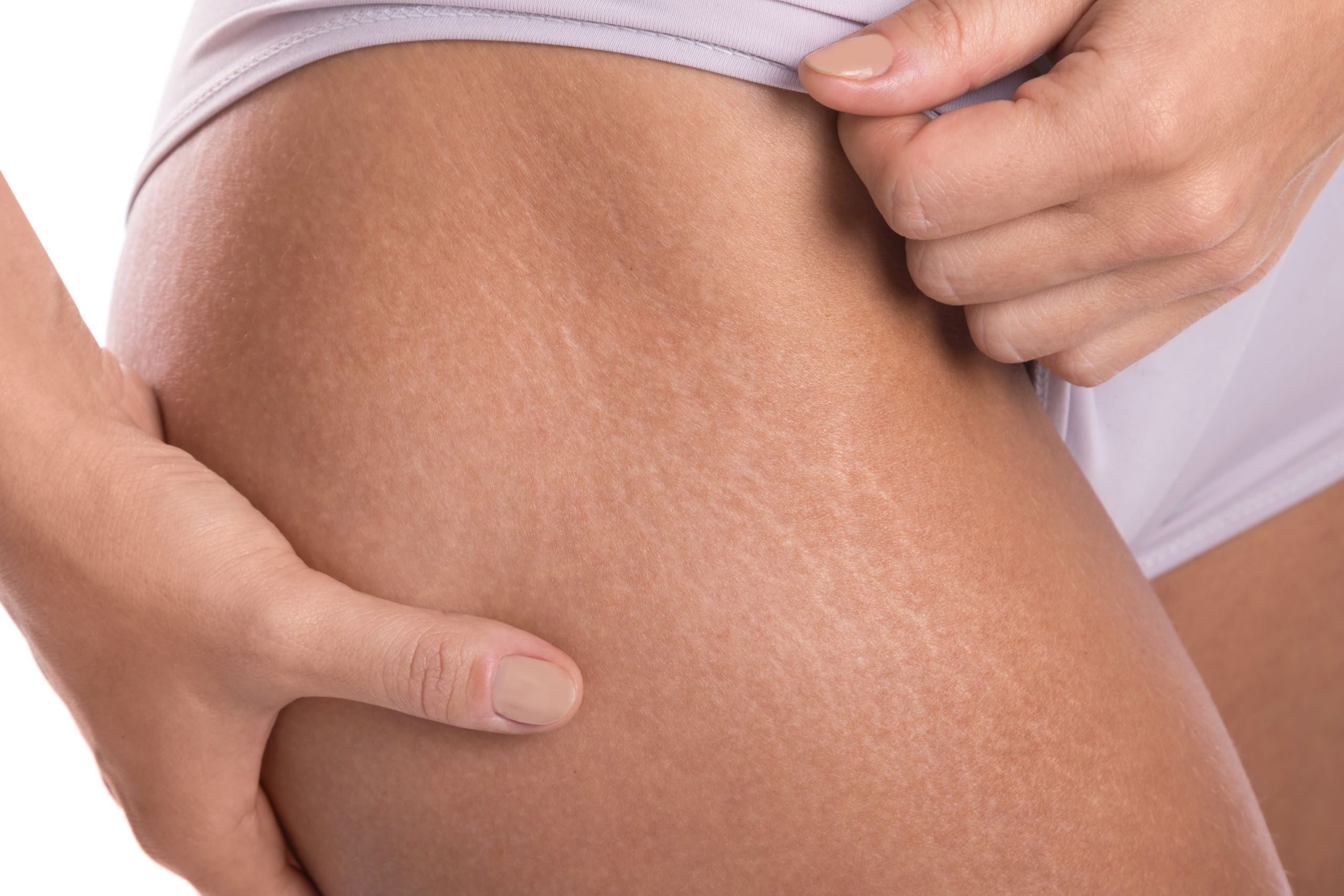
Stretch Marks (Striae) Reduction
Fractional CO2 laser therapy can also improve striae (stretch marks) by resurfacing the affected skin and stimulating collagen in the dermal tears. Though results vary, many patients see a noticeable reduction in the redness and depth of stretch marks after a series of treatments. The device’s ability to cover large areas (up to 20×20 mm per scan with numerous microspots) allows efficient treatment of stretch marks on the abdomen, thighs, or breasts.
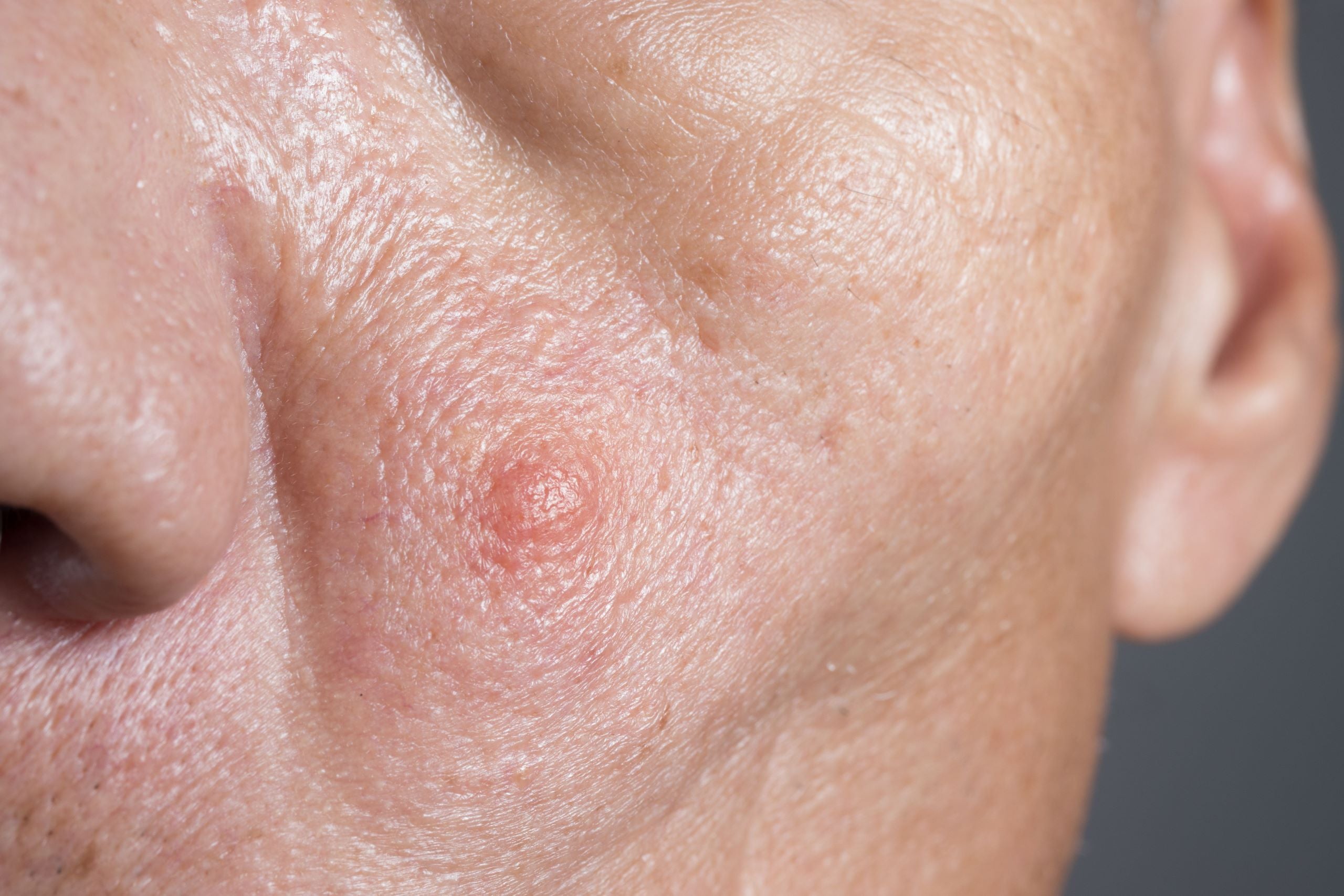
Benign Lesion Removal
In its cutting (non-fractional) mode, the laser functions as a precise surgical tool for removing benign skin lesions and dermatological minor surgeries. Applications include removal or vaporization of warts, skin tags, seborrheic keratoses, small nevi (moles), and other benign cutaneous lesions. The 10.6 µm CO2 laser energy is readily absorbed by water in tissue, allowing it to vaporize lesions with minimal bleeding and a controlled depth of penetration (with coagulation of small blood vessels). This makes it superior to many electrosurgical or scalpel techniques for certain lesion removals. Soft tissue ablation and coagulation can also be performed in fields like otolaryngology (ENT) and oral surgery using the focused beam handpiece – for example, for excising small polyps or fibromas – though such uses should be performed by specialists in those fields. The machine’s flexible settings (continuous wave or pulsed energy) and included surgical handpieces give it the capability to act as a multi-purpose CO2 surgical laser in addition to its aesthetic uses.

Gynecological & Intimate Health Treatments
With an appropriate “private” handpiece (available as an option), the fractional CO2 laser technology can be applied to gynecological therapies, such as vaginal rejuvenation and treatment of vulvovaginal atrophy. Health Canada has recognized CO2 laser therapy as a non-surgical treatment option for symptoms of genitourinary syndrome of menopause (vaginal atrophy/dryness) and stress urinary incontinence in women. The Co2 Laser Fractional Machine can deliver controlled fractional laser energy to vaginal tissues to stimulate mucosal rejuvenation, improve lubrication, and tighten the vaginal canal (often referred to as laser vaginal tightening). These procedures should only be done by trained medical professionals (e.g. gynecologists or experienced physicians) using the correct attachments and protocols. The availability of such treatments expands the device’s utility to women’s health, allowing clinics to offer in-demand intimate wellness procedures in a safe, hormone-free manner. (Always ensure to use the specific vaginal treatment accessories and follow approved clinical guidelines for these applications.)

Other Specialized Uses
Because this CO2 laser system combines fractional and continuous modes, it has been indicated for use across many medical specialties. Plastic surgeons might use the laser for ablative resurfacing in facelift patients or for scar revision on the body. Dermatologists can treat rhinophyma (bulbous nose) by sculpting tissue with the CO2 beam, or treat precancerous lesions like actinic keratoses. The laser can also be utilized in podiatry (e.g. ablation of stubborn warts), and in dentistry or oral surgery for soft tissue procedures. The CO2 laser machine for clinics is therefore a multi-disciplinary tool – however, each application should be performed within the practitioner’s scope of training, and with the appropriate laser settings and safety measures in place.
FAQs
1. What are the key technical specifications of the DioLaz Fractional CO2 Laser System?
The DioLaz is a 10,600 nm RF-excited CO2 Laser delivering up to 30 W of output power. It supports fractional ablation with 100–200 µm microbeam spot sizes and adjustable pulse durations from 20 µs to 5000 µs. The scanning area covers up to 20 × 20 mm, and the system also offers continuous wave mode for soft tissue procedures.
2. Is the DioLaz system licensed in Canada and compliant with international standards?
Yes. The DioLaz is a Health Canada–licensed Class III medical device. It complies with IEC 60601-1, IEC 60601-2-22 (laser safety), ISO 13485 (quality management), and ISO 14971 (risk management). It is approved for ablative skin resurfacing and soft tissue applications.
3. What treatment modes does DioLaz support?
DioLaz supports both fractional ablative mode for dermatological resurfacing and non-fractional continuous wave mode for incision, vaporization, and soft tissue ablation. The device is suitable for use in dermatology, aesthetic medicine, ENT, gynecology, and oral surgery.
4. How does fractional ablative photothermolysis work in this system?
Using a scanned array of microbeams, the DioLaz creates microscopic ablation columns (MAZs) surrounded by thermal coagulation zones (MTZs), stimulating collagen remodeling while preserving intervening tissue. This results in faster healing compared to full-field CO2 ablation.
5. Why is 10,600 nm CO2 Laser energy optimal for skin treatment?
Fractional CO2 Laser energy is strongly absorbed by water, making it highly effective for controlled vaporization of water-rich epidermal and dermal tissue. It allows for precise ablation with hemostasis and deep thermal stimulation, ideal for resurfacing, tightening, and collagen induction.
6. What pulse modes are available, and why do they matter?
The system offers short-pulse, long-pulse, and CW modes. Short pulses (<1 ms) are ideal for deep micro-ablation with minimal thermal damage, while long pulses or CW are suited for coagulation or cutting. Pulse modulation allows clinicians to tailor treatments for depth, density, and thermal profile.
7. What safety mechanisms are built into the DioLaz?
The system includes key switch activation, footswitch-controlled emission, emergency stop, laser interlocks, visual/auditory emission indicators, and a visible aiming beam. The device follows risk control per ISO 14971 and is compliant with Class IV laser product labeling (IEC 60825-1).
8. Has the system been tested for biocompatibility?
Yes. All patient-contacting components (e.g., handpiece, scanning tip) are tested per ISO 10993-5 (cytotoxicity), ISO 10993-10 (sensitization), and ISO 10993-23 (irritation). Testing confirms materials are non-toxic and suitable for direct skin contact under clinical conditions.
9. Is there clinical evidence supporting the efficacy of Fractional CO2 resurfacing?
Yes. Peer-reviewed studies and histologic evidence support the safety and effectiveness of Fractional CO2 Lasers in improving skin texture, wrinkles, acne scars, and photoaging. Fractional delivery reduces downtime compared to traditional CO2 resurfacing.
10. How does Fractional CO2 compare to non-ablative lasers?
Fractional CO2 lasers offer deeper ablation, greater collagen stimulation, and more visible single-session results compared to non-ablative fractional devices. While downtime may be 5–7 days, treatment efficacy is superior for moderate to severe skin aging or scarring.



